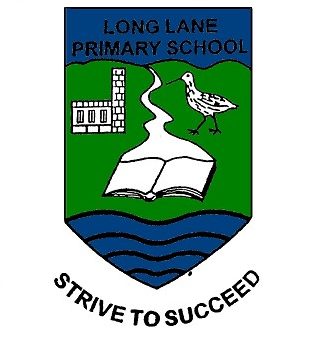Please see our up to date Pupil Premium Strategy here - Pupil Premium Strategy
Our intention, at Long Lane Primary, is that all pupils, irrespective of their background or the challenges they face, make good progress and achieve high attainment across all subject areas. The focus of our pupil premium strategy is to support disadvantaged pupils to achieve that goal, including progress for those who are already high attainers. We do this by providing bespoke support through our strategy to all learners in receipt of PPG, not just those who are under attaining, focusing on progress and outcomes from their last data points.
We will consider the challenges faced by vulnerable pupils, such as those who have a social worker, young carers or are in poverty. The activity we have outlined in this statement is also intended to support their needs, regardless of whether they are disadvantaged or not.
High-quality teaching is at the heart of our approach, with a focus on areas in which disadvantaged pupils require the most support such as; learning behaviours and self-confidence. This is proven to have the greatest impact on closing the disadvantage attainment gap and at the same time will benefit the non-disadvantaged pupils in our school. Implicit in the intended outcomes detailed below, is the intention that non-disadvantaged pupils’ attainment will be sustained and improved alongside progress for their disadvantaged peers.
Our strategy is informed by the consistent group analysis and provision mapping, through a Class Needs Analysis tool (see appendix 1), which is monitored through our Pupil Progress Meetings (PPMs)
Our strategy is developed from the application of teacher led group tutoring that focuses on a ‘target review’ approach. This establishes the pupil at the centre of learning decisions, builds independence and resilience and empowers the learner to take accountability of their own learning targets, evidencing the success of these. It is widely publicized and endorsed by ‘EFF practices’ those pupils involved in their own learning, who are encouraged to develop good learning behaviours and are taught by those who know them best as learners, will make rapid and consistent progress over time, thus improving overall outcomes. With this approach we also aim to raise aspirations within this group.
As a school we are acutely aware of the emotional disadvantage and need of pupils who have ACES, hold particular hardship or whose basic needs’ may be compromised. This is why a part of our strategy is dedicated to developing and embedding the Therapeutic Approach to behaviour and well-being across the schools along with purposeful and robust pastoral support for our pupils and families, which supports improved attendance, anxiety, and early identification of pastoral need.
Our approach will be responsive to common challenges and individual needs, rooted in robust diagnostic assessment and consistent processes, not assumptions about the impact of disadvantage. The approaches we have adopted complement each other to help pupils excel. To ensure they are effective we will:
- ensure disadvantaged pupils are challenged in their learning wherever their starting points
- act at the earliest point to identify the need and intervene with the right support using a termly Class Needs Analysis
- adopt a whole school approach in which all staff take responsibility for disadvantaged pupils’ progress and outcomes, understand their potential barriers and raise expectations of what can be achieved
